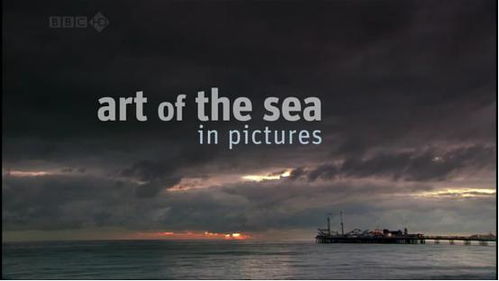Fishing in paddy fields can be a serene and rewarding experience, offering a unique blend of nature and tranquility. However, it requires a specific set of skills and techniques to be successful. In this comprehensive guide, we will delve into the art of fishing in paddy fields, providing you with a step-by-step illustration to help you master this delightful pastime.
Understanding Paddy Fields
Before we dive into the fishing techniques, it's essential to understand the environment of a paddy field. These fields are typically filled with water, and the soil is rich in nutrients, making them an ideal habitat for various fish species. Common fish found in paddy fields include carp, catfish, and tilapia.
Equipment Needed
To fish in a paddy field, you will need the following equipment:
- Rod and Reel: A lightweight spinning rod and reel combination is usually sufficient for paddy field fishing.
- Line: Use a monofilament line with a thickness of 4 to 8 pounds, depending on the size of the fish you're targeting.
- Hooks: Small to medium-sized hooks, ranging from 2/0 to 6/0, are ideal for paddy field fishing.
- Bait: Live bait like worms, crickets, or small fish can be effective, but artificial lures can also work well.
- Tackle Box: Carry a tackle box with extra hooks, sinkers, swivels, and other essentials.
- Boat or Kayak: If the paddy field is large or has deep areas, a boat or kayak can be invaluable for reaching your fishing spots.
Step-by-Step Guide with Illustrations
Step 1: Choose the Right Spot
Start by choosing a spot in the paddy field. Look for areas with vegetation, as these tend to be hotspots for fish. Also, consider the water flow; fish often congregate in slower-moving water.
Illustration: [Image of a paddy field with a spot marked by a small boat, surrounded by lush vegetation.]
Step 2: Assemble Your Gear
Assemble your rod, reel, and line. Attach a swivel to the end of your line to prevent tangles. Then, tie on a sinker and a hook.
Illustration: [Image showing the assembly of a fishing rod with a sinker, swivel, and hook.]
Step 3: Cast Your Line
Begin by casting your line out into the water. Aim for areas with vegetation or where you've seen fish activity. Keep your casts short and precise to avoid spooking the fish.
Illustration: [Image of a person casting a fishing rod in a paddy field.]
Step 4: Wait Patience
Once your line is in the water, wait with patience. Paddy field fishing often requires a lot of waiting. Keep an eye on your line for any signs of movement or resistance.

Illustration: [Image of a person sitting quietly by the water, watching their fishing rod.]
Step 5: Set the Hook
When you feel a bite, gently set the hook by lifting your rod tip. Be prepared for a fight, as paddy field fish can be quite strong.
Illustration: [Image showing a person gently lifting their rod to set the hook after feeling a bite.]
Step 6: Land the Fish
Once you've hooked the fish, play it carefully. Avoid reeling in too quickly, as this can exhaust the fish. Instead, let the fish tire itself out by swimming against the resistance of your line.
Illustration: [Image of a person playing a fish, keeping the rod steady and moving it gently to tire the fish.]
Step 7: Release or Keep Your Catch
After landing the fish, you can choose to release it back into the water or keep it for your meal. Be sure to handle the fish gently to minimize stress.
Illustration: [Image of a person releasing a fish back into the water with a gentle toss of the rod.]
Tips for Success
- Early Morning or Evening: Fish are often more active during these times, so plan your fishing trips accordingly.
- Local Knowledge: Talk to local fishers or farmers to learn about the best spots and techniques.
- Respect the Environment: Always follow local fishing regulations and respect the natural habitat of the paddy field.
Conclusion
Fishing in paddy fields can be a delightful experience that combines the joy of nature with the thrill of catching fish. By following this step-by-step guide and the tips provided, you'll be well on your way to becoming a master paddy field fisher. Happy fishing!












